

- WoW Classic Mining Guide: Leveling 1 - 300
WoW Classic Mining Guide: Leveling 1 - 300

Mining is one of the most essential gathering professions in World of Warcraft Classic. Whether you’re leveling up a brand new character, supporting crafting professions like Blacksmithing and Engineering, or looking for a reliable source of income, Mining delivers consistent value. The profession allows you to gather a variety of ores and stones used in key trades and can be paired with Smelting to gain skill without even leaving town. In this guide, you’ll find everything you need to level Mining from 1 to 300 — including training, zone recommendations, smelting strategies, and the best routes for both Horde and Alliance players.
What makes Mining especially appealing in Classic WoW is its synergy with high-demand professions and its potential for gold-making, especially at max skill. From farming Copper in Durotar to mining Rich Thorium in Un’Goro Crater, you’ll be building both your profession and your wallet with every pickaxe swing.
Also Read: How to Get to Desolace in WoW Classic
Getting Started: Learning Mining and Essential Tools
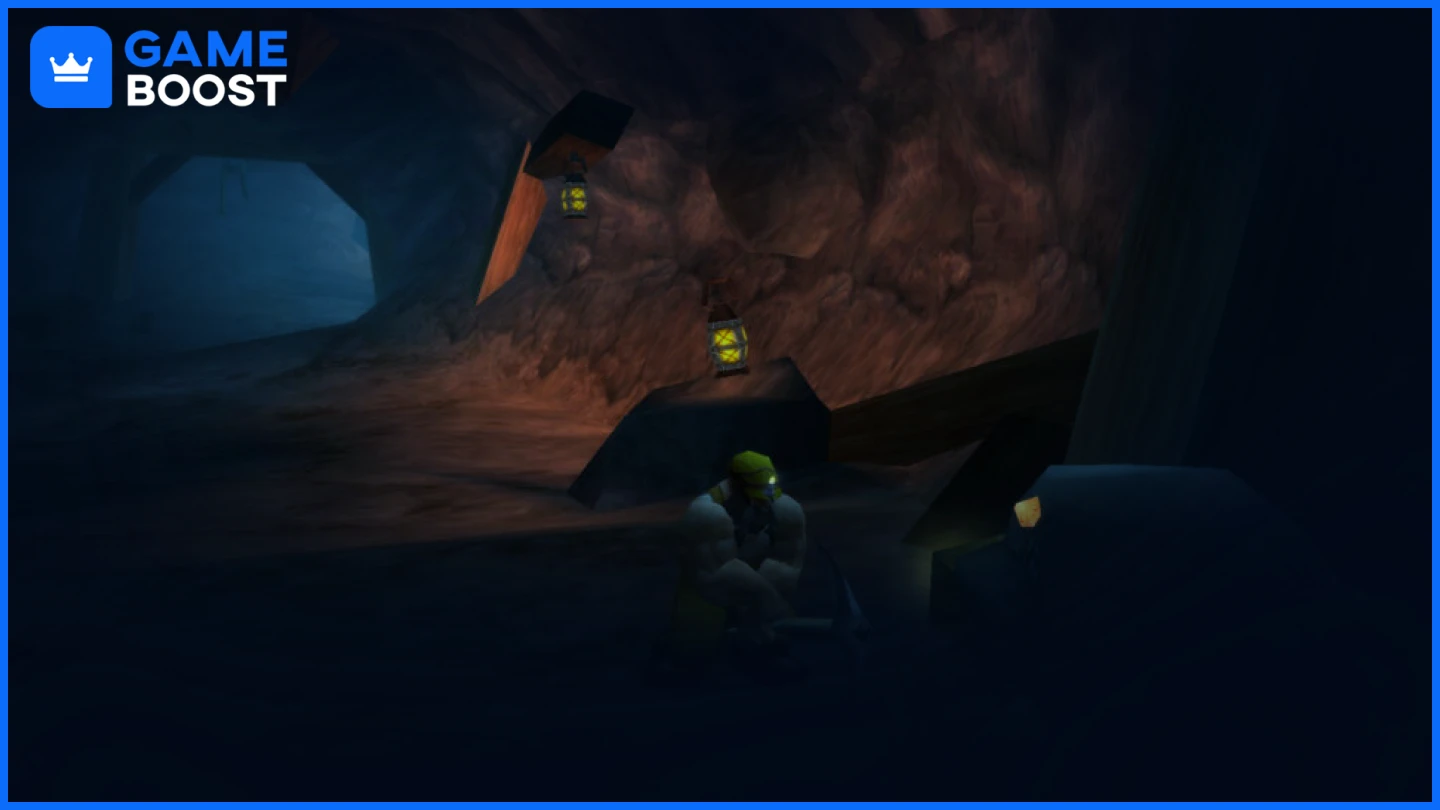
To begin mining, visit a Mining Trainer in any major city to learn the profession. You'll also need a Mining Pick, which must be in your inventory to mine ore. Once you've trained Mining, you’ll unlock two key abilities: Find Minerals, which tracks nearby mineral nodes on your minimap, and Smelting, which allows you to convert raw ore into usable metal bars at a forge. These bars are critical for Blacksmithing and Engineering, and smelting also grants Mining skill points.
You’ll need to return to a trainer periodically to unlock higher skill tiers. Apprentice covers skill levels 1–75, Journeyman unlocks 75–150, Expert allows 150–225, and Artisan covers 225–300. Be sure to train each tier as soon as you become eligible to avoid any leveling interruptions.
Alliance Mining Trainers and Starting Zones
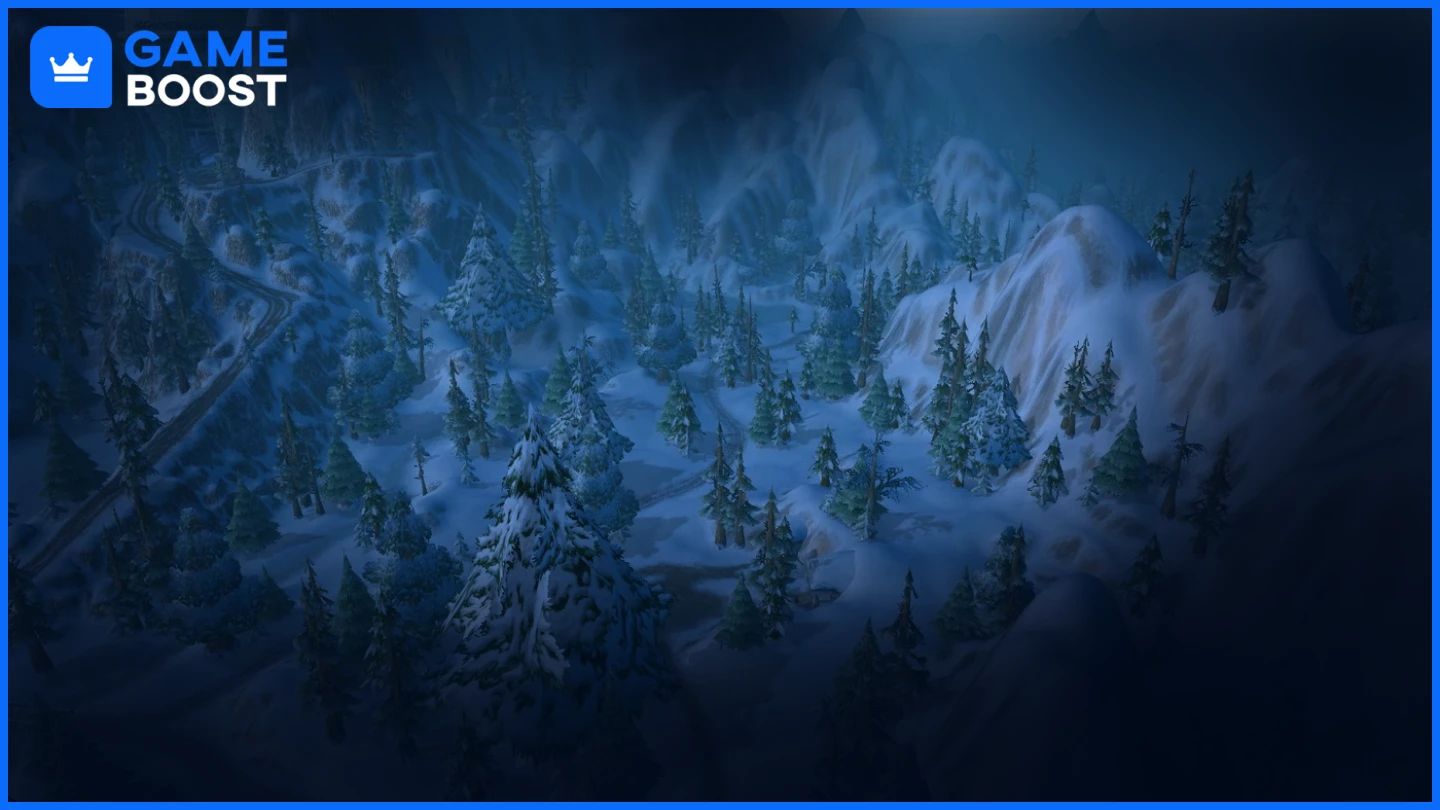
Alliance players begin in different zones depending on their race. Dwarves and Gnomes starting in Dun Morogh are in an ideal location due to the high number of Copper Veins throughout the snowy mountains. Humans begin in Elwynn Forest, which also contains Copper, although many nodes are tucked away inside caves guarded by Kobolds. Night Elves, on the other hand, face a tougher start since Teldrassil contains no mineral veins. They’ll need to reach Darkshore around level 10 to begin training and mining.
Also Read: WoW Classic Dungeon Levels: Everything You Need to Know
Horde Mining Trainers and Starting Zones
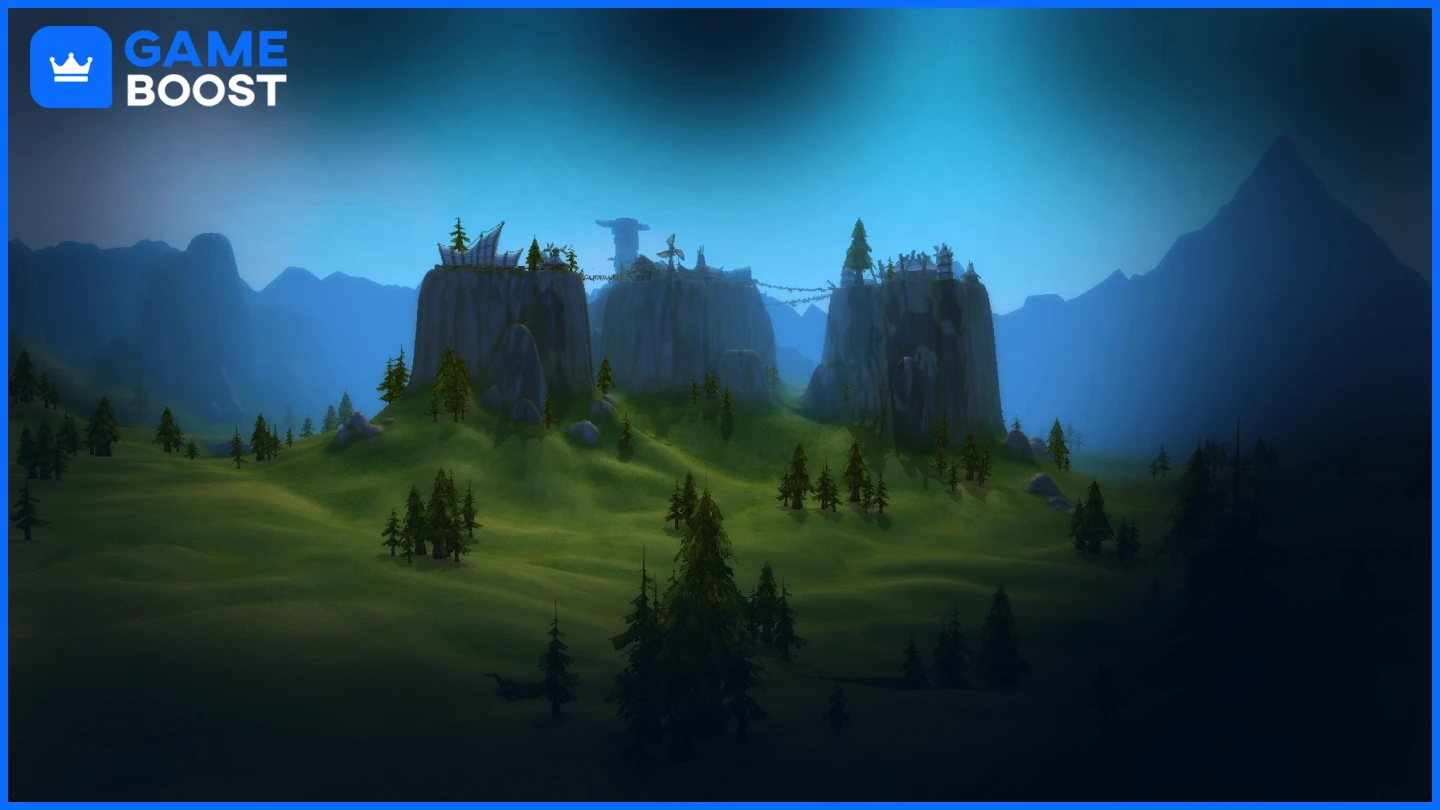
For Horde players, Durotar offers the best starting experience. Orcs and Trolls can train Mining in Razor Hill and quickly begin harvesting the many Copper nodes around the region. Taurens start in Mulgore, which also has decent Copper routes, especially along the mountainous edges. Undead players begin in Tirisfal Glades, where Copper Veins are found but slightly more spread out than in Durotar.
Mining Progression and Efficient Routes
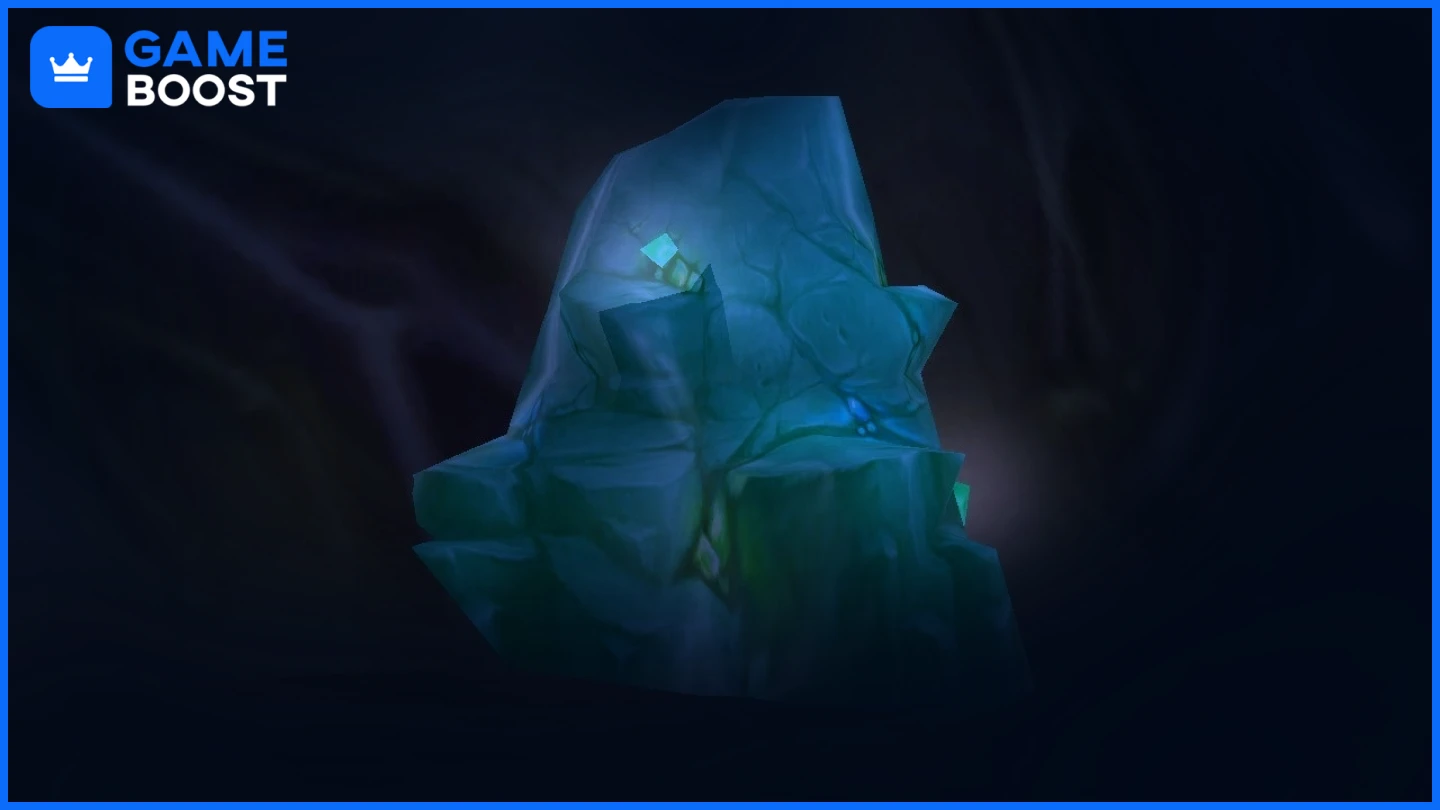
Copper (Skill 1–65)
Copper is the first ore you’ll encounter. Horde players will find Durotar to be extremely efficient thanks to its dense node distribution. Alliance players have two solid options: Dun Morogh for Dwarves and Gnomes, or Darkshore for Night Elves. Elwynn Forest is passable, though the nodes are more scattered and cave-heavy.
Tin and Silver (Skill 65–125)
Tin becomes available at skill 65. Hillsbrad Foothills is a standout zone for both Tin and some Silver. The Barrens offers solid Tin routes for Horde players, while Redridge Mountains and Duskwood are viable for Alliance. Silver Veins are rarer and appear intermittently in these same zones once you reach skill 75.
Iron and Gold (Skill 125–175)
Iron becomes your next priority. Thousand Needles is efficient for both factions, especially around the Shimmering Flats. Badlands is one of the best zones for Iron and Gold combined, featuring high spawn rates. Arathi Highlands is another strong contender with a balance of Iron and Gold deposits and fewer competitors.
Mithril and Truesilver (Skill 175–250)
At this stage, you’ll find Mithril veins commonly in Tanaris along the rocky borders. The Hinterlands offer a steady supply of both Mithril and Truesilver, while Blasted Lands provides dense node clusters and lower traffic. This tier of Mining starts to become more profitable, especially when farming for Engineering or Blacksmithing projects.
Thorium (Skill 250–300)
Un’Goro Crater is the most consistent zone for both Small and Rich Thorium Veins. If it’s overcrowded, Eastern Plaguelands is a solid alternative, particularly along the outer edges. Winterspring is also an excellent high-level zone, with northern routes yielding plenty of Rich Thorium nodes.
Also Read: WoW Classic Professions Guide: All 12 Skills
Smelting and Skill Gain Optimization
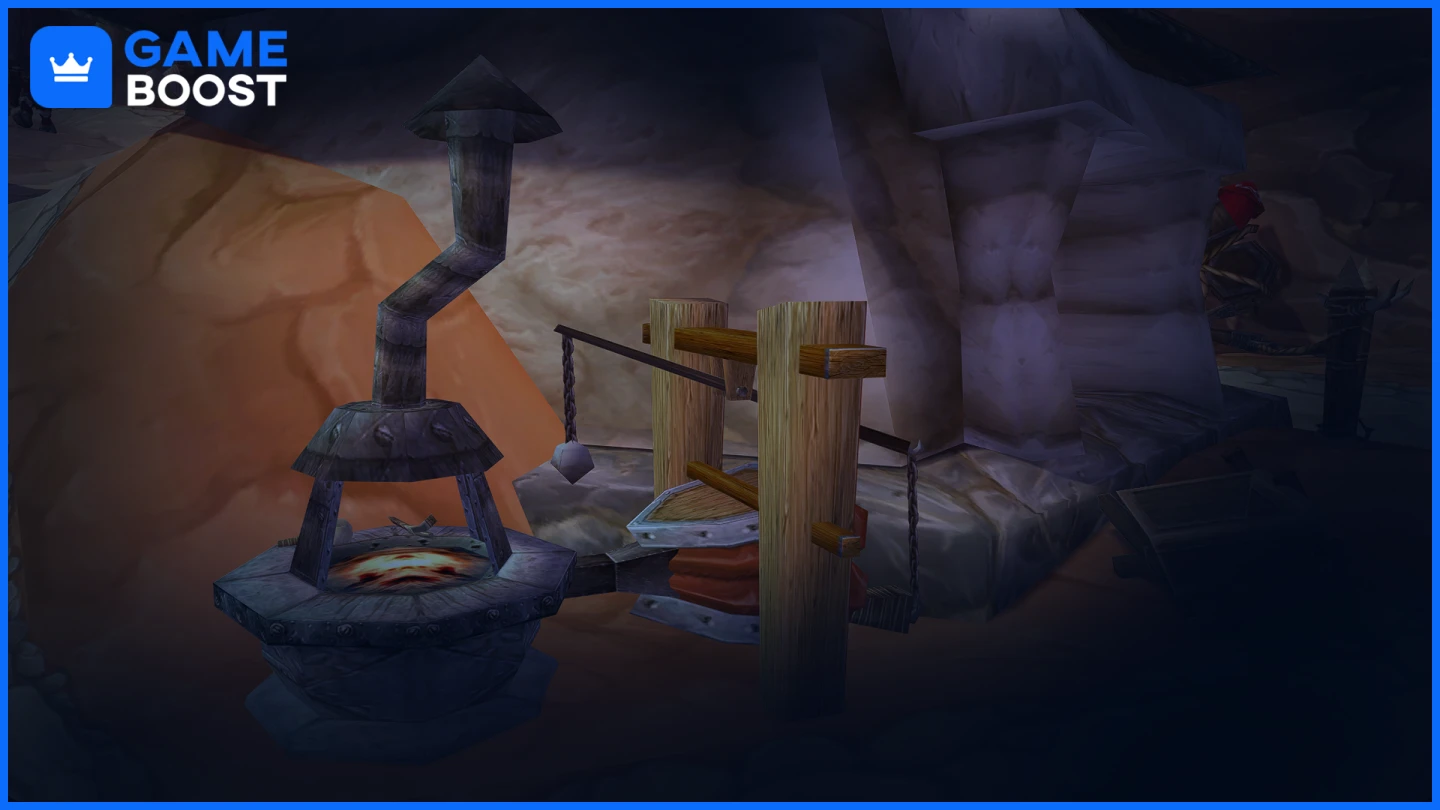
Smelting is a helpful way to bypass some of the running around early on. You can smelt Copper to 65, Tin to 90, and create Bronze Bars (Copper + Tin) up to skill 100. Smelting Silver will take you to 125. Beyond this point, node gathering becomes necessary, though smelting still plays a supporting role. Buying ore off the Auction House is a viable strategy if you want to speed through certain skill brackets.
Combining Mining with Other Professions
Mining works extremely well with Engineering and Blacksmithing. Engineering relies on a wide variety of ores and bars to create bombs, gadgets, and gnomish tools. Blacksmithing uses nearly every bar in the game to craft weapons, shields, and armor. Choosing Mining as a gathering profession will save gold and allow you to self-supply materials for both trades, increasing your overall efficiency.
Also Read: WoW Classic First Aid Guide: Leveling 1 - 300
FAQs About Mining in WoW Classic
Q: What is the fastest way to level Mining?
The quickest route involves combining smelting with optimal node paths. Early smelting up to about 125 saves time, followed by efficient mining loops in Iron-rich and Mithril-heavy zones.
Q: Can I reach 300 by smelting alone?
Unfortunately, no. Smelting helps early on, but you’ll need to mine actual nodes to progress beyond skill 125 and again heavily past 200.
Q: What’s the best profession to pair with Mining?
Engineering and Blacksmithing are top choices. Both consume large volumes of bars and are among the most rewarding professions when paired with Mining.
Q: Are there any good dungeons for Mining?
Yes. Maraudon offers 2–3 Mithril nodes per run, and Blackrock Depths contains Dark Iron deposits. These are great options if you’re dungeon farming or want materials while questing.
Q: Is Mining profitable at max skill?
Absolutely. Thorium and especially Rich Thorium Veins can drop Arcane Crystals, which are highly sought-after and often sell for dozens of gold each. Mining becomes a steady income stream at level 300.
Final Words
Mining in WoW Classic is a practical, low-maintenance profession that delivers long-term value. While the early stages are simple, it quickly becomes a key part of your character’s economic engine. Whether you're supporting Engineering, Blacksmithing, or just looking to turn a profit, Mining offers reliable returns and high flexibility.
Stick to efficient routes, remember to train often, and make use of smelting when it saves you time. As you dig deeper into Azeroth’s hills and caves, you’ll find that every strike of your pickaxe brings you one step closer to gold, gear, or greatness.
Happy mining, adventurer!
“ GameBoost - The All-In-One Gaming Services Platform with a mission to truly change the life of every day gamers. Whether you're looking for Currencies, Items, High-Quality Accounts or Boosting, we've got you covered! ”




.webp?v=1748359576)